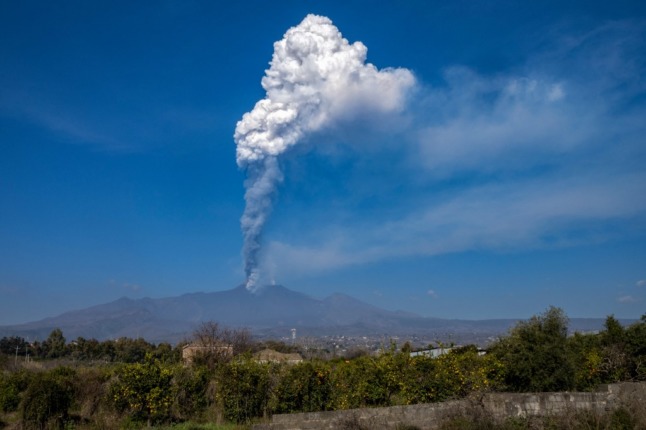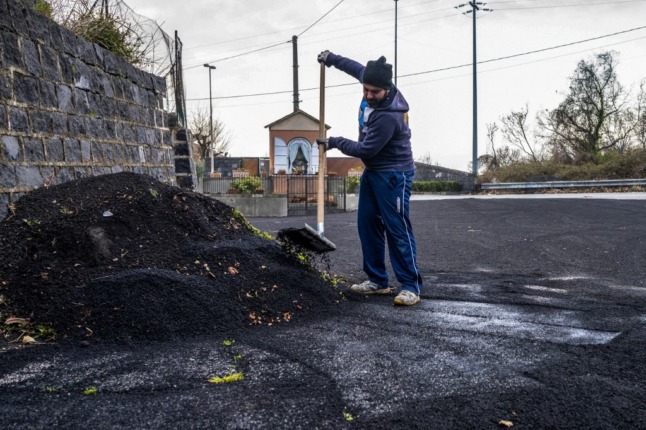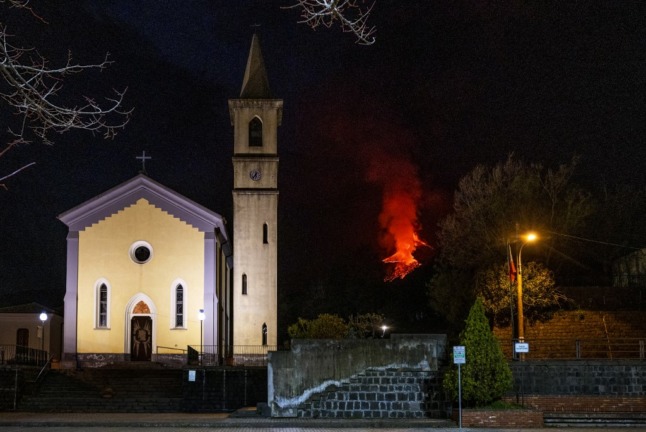The National Institute of Geophysics and Vulcanology (INGV) said there was “lively spattering” as fire and hot ash spewed high into the sky in an eruption which began Thursday and had slowed slightly by Saturday but still posed a risk to climbers.
The lava came from two eruptive fissures on the northeastern and south-southeastern sides of the New Southeast Crater.
The volcano on the island of Sicily previously erupted in December.
The latest lava show was not expected to pose any problems for nearby residential areas or for flights at the closest airport at Catania.
READ ALSO: Mount Etna is sliding towards the sea and now we know why





 Please whitelist us to continue reading.
Please whitelist us to continue reading.
Member comments